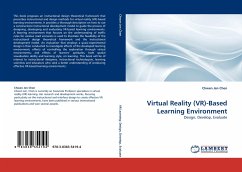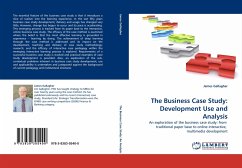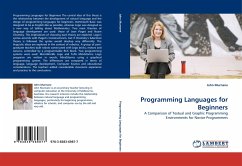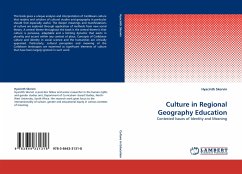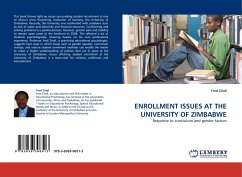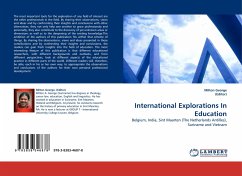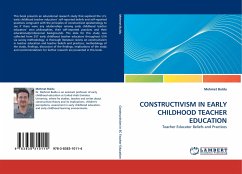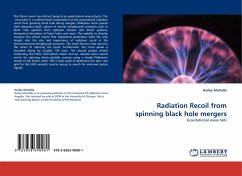
Radiation Recoil from spinning black hole mergers
Gravitational wave tails
Versandkostenfrei!
Versandfertig in 6-10 Tagen
32,99 €
inkl. MwSt.

PAYBACK Punkte
16 °P sammeln!
This thesis covers two distinct projects on gravitational wave physics. The ¯rst project is a mathematical computation of the gravitational radiation recoil from spinning black hole binary mergers. Radiation recoil speeds have important impli- cations in several astrophysical scenarios such as black hole ejection from globular clusters and dwarf galaxies, hierarchical formation of black holes and more. The inability to directly measure this e®ect means that theoretical predictions o®er the only insight into the size and importance of radiation recoil in the aforementioned astrophysical scen...
This thesis covers two distinct projects on gravitational wave physics. The ¯rst project is a mathematical computation of the gravitational radiation recoil from spinning black hole binary mergers. Radiation recoil speeds have important impli- cations in several astrophysical scenarios such as black hole ejection from globular clusters and dwarf galaxies, hierarchical formation of black holes and more. The inability to directly measure this e®ect means that theoretical predictions o®er the only insight into the size and importance of radiation recoil in the aforementioned astrophysical scenarios. The result found is that spin has the e®ect of reducing the recoil. Furthermore, the recoil speed is bounded above by roughly 100 km/s. The second project details computing the Fisher information matrix and pa- rameter space search metric for spinning down periodic sources using a simple Ptolemaic" model of the Earth's orbit. This is then used to determine the opti- mal grid for the LIGOperiodic sources group to search for unknown pulsar signals.




